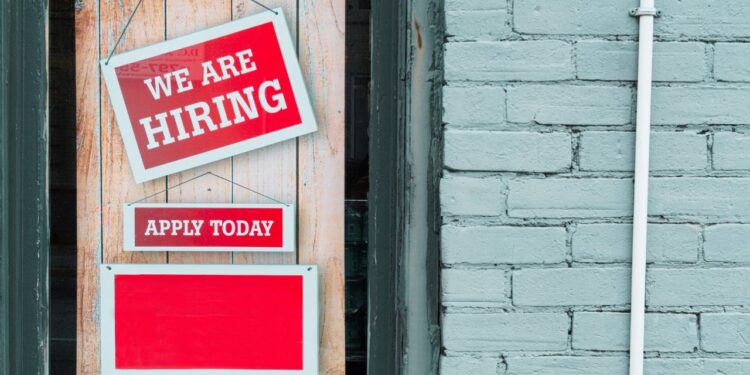What’s going on:
In July, the U.S. labor market underperformed economists’ expectations as employers added only 187,000 workers — marking the weakest two-month gains in over two years, according to Bloomberg. Despite the slowed job gains, the labor market remains robust, with wages increasing by 4.4% from the same period last year.
Bloomberg reports that the unemployment rate continues to hover near historical lows, and workforce participation maintains a steady rate of 62.6%. However, there are signs of a slowdown, with a decrease in temporary help services, average hours worked, and job growth in key sectors such as manufacturing and transportation. It’s reported that the Federal Reserve now has room to evaluate other data before their upcoming September meeting.
Why it matters:
The U.S. payrolls report is a key indicator of economic health, and slower job growth could be an early sign of an economic slowdown. Despite fewer jobs being added, wage inflation is about double what the Federal Reserve considers healthy, according to economists. This could be a sign of labor market tightness and may lead to increased inflation. The Federal Reserve will have to balance these factors when making future monetary policy decisions.
How it’ll impact the future:
The higher wage growth suggests that employers are having to pay more to attract and retain employees in a competitive labor market. This could affect companies’ hiring strategies and may influence the future of work as employers might invest more in automation or remote work capabilities to reduce costs. The fall in temporary work services might also suggest a shift towards more permanent job roles, providing more stability for workers.


 Dr. Gleb Tsipursky – The Office Whisperer
Dr. Gleb Tsipursky – The Office Whisperer Nirit Cohen – WorkFutures
Nirit Cohen – WorkFutures Angela Howard – Culture Expert
Angela Howard – Culture Expert Drew Jones – Design & Innovation
Drew Jones – Design & Innovation Jonathan Price – CRE & Flex Expert
Jonathan Price – CRE & Flex Expert











